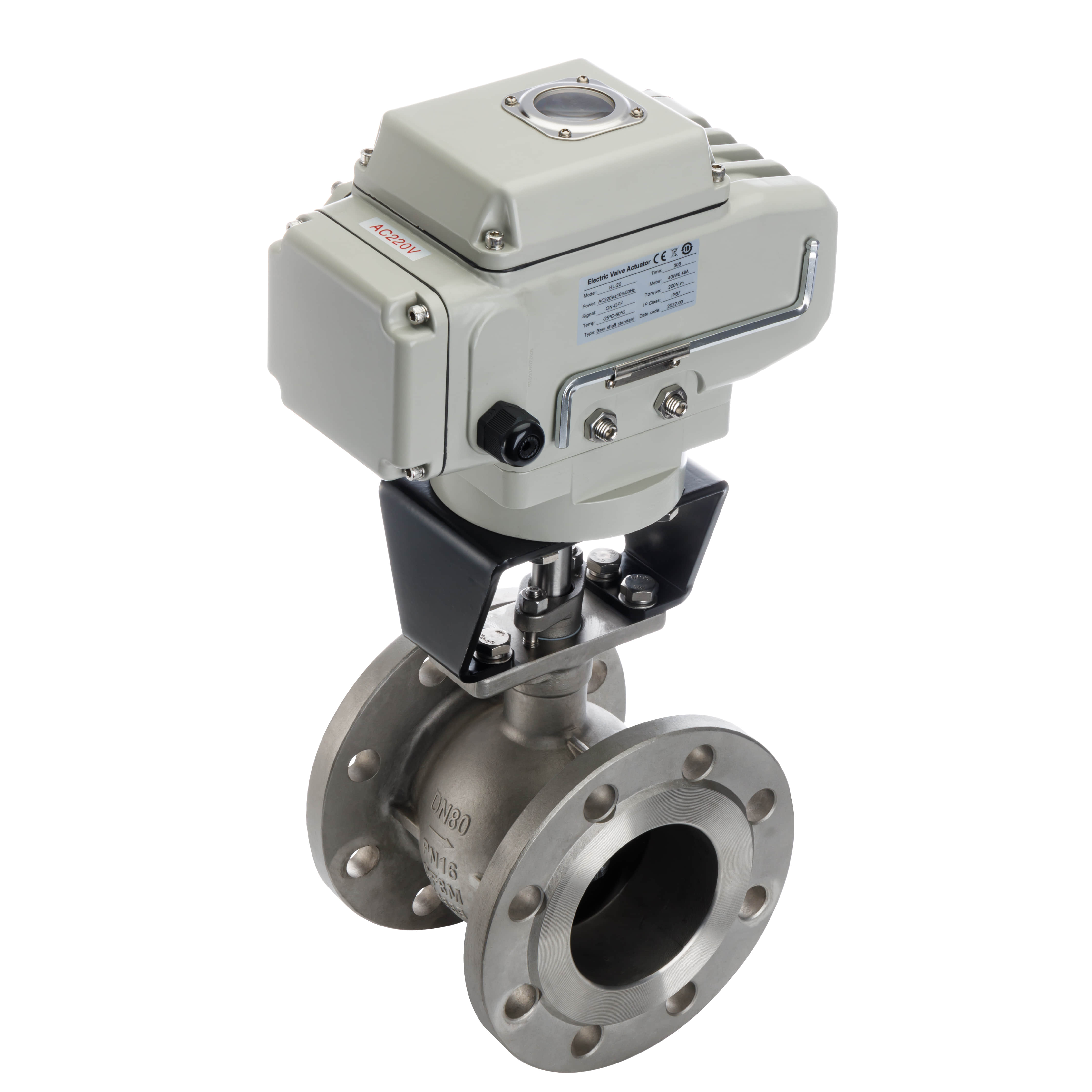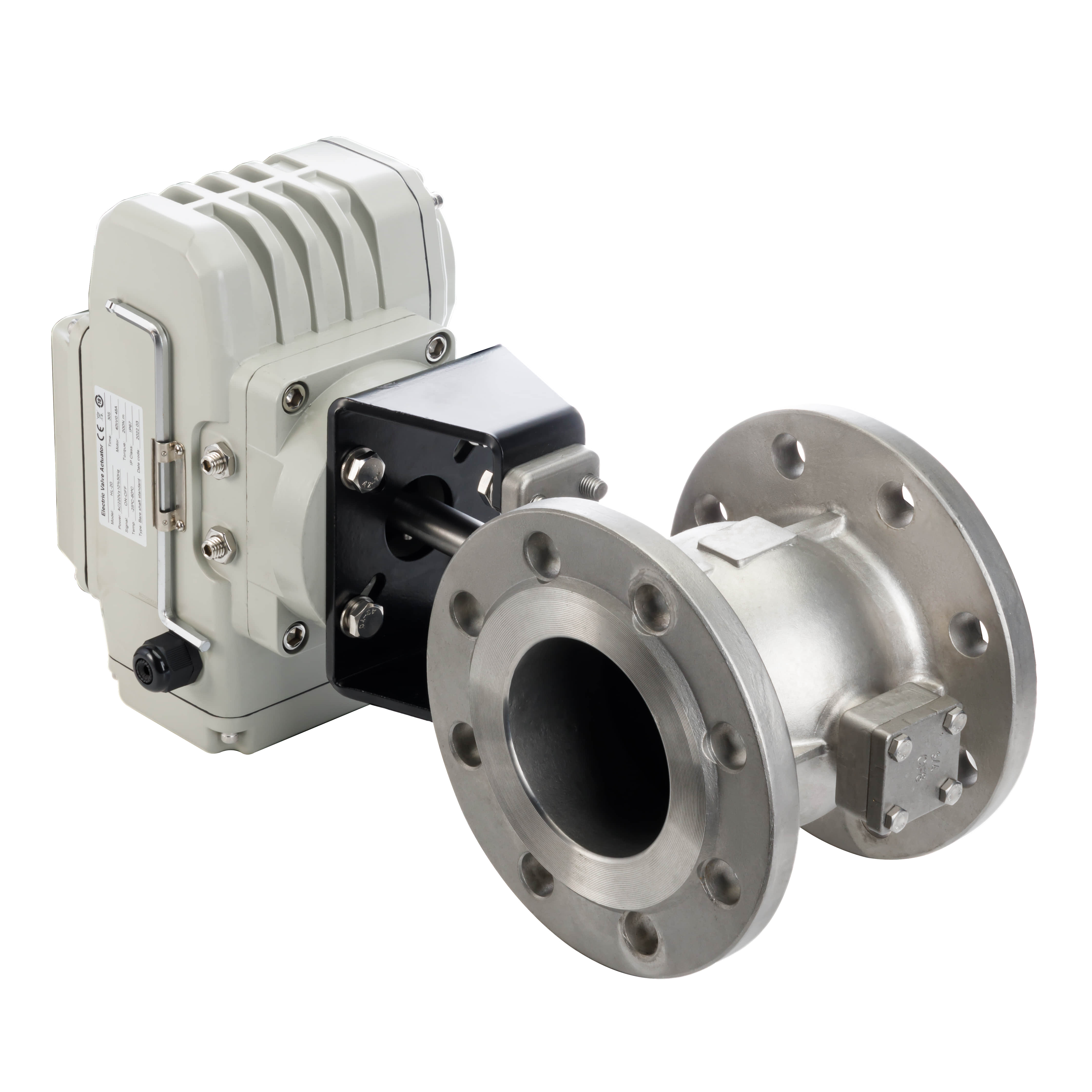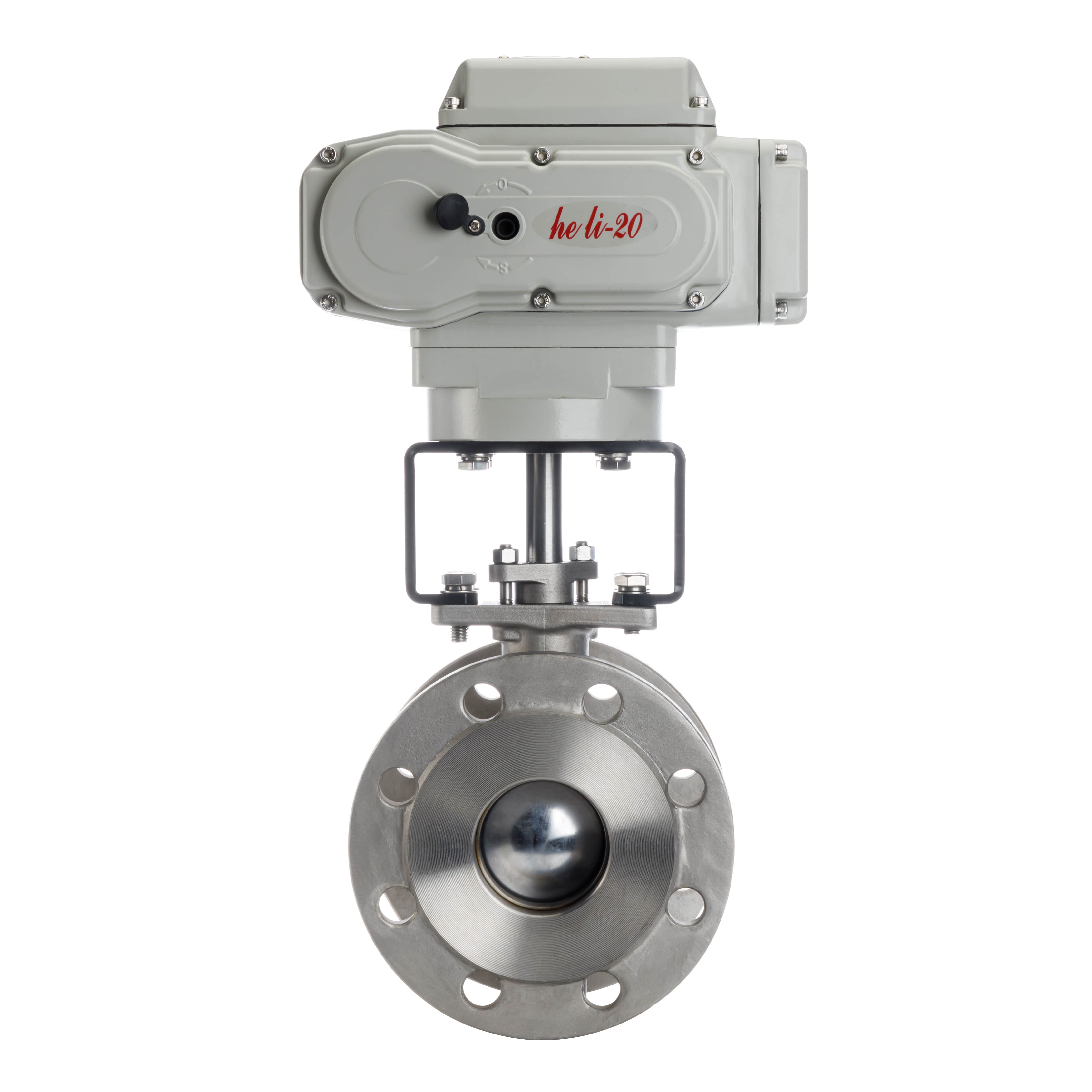understanding the electric v-ball valve: functionality and applications
Release time:2024-12-03 14:54:03
Electric V-ball valves are pivotal components in various industrial applications, primarily used for regulating the flow of liquids and gases. These valves combine the operational advantages of a traditional ball valve with the precision control of electric actuators, making them an essential choice in modern automation and process control systems. In this article, we will delve into the functionality, design features, and applications of electric V-ball valves.

What is an Electric V-Ball Valve?

An electric V-ball valve is a type of quarter-turn valve that features a V-shaped ball inside. This unique design allows for enhanced flow control compared to standard spherical ball valves. The valve is operated by an electric actuator, which provides precise positioning and control over the valve’s opening and closing. This is particularly advantageous in processes that require consistent flow rates and pressures. Design and Functionality
The design of an electric V-ball valve typically includes three main components: the valve body, the V-ball, and the electric actuator.




